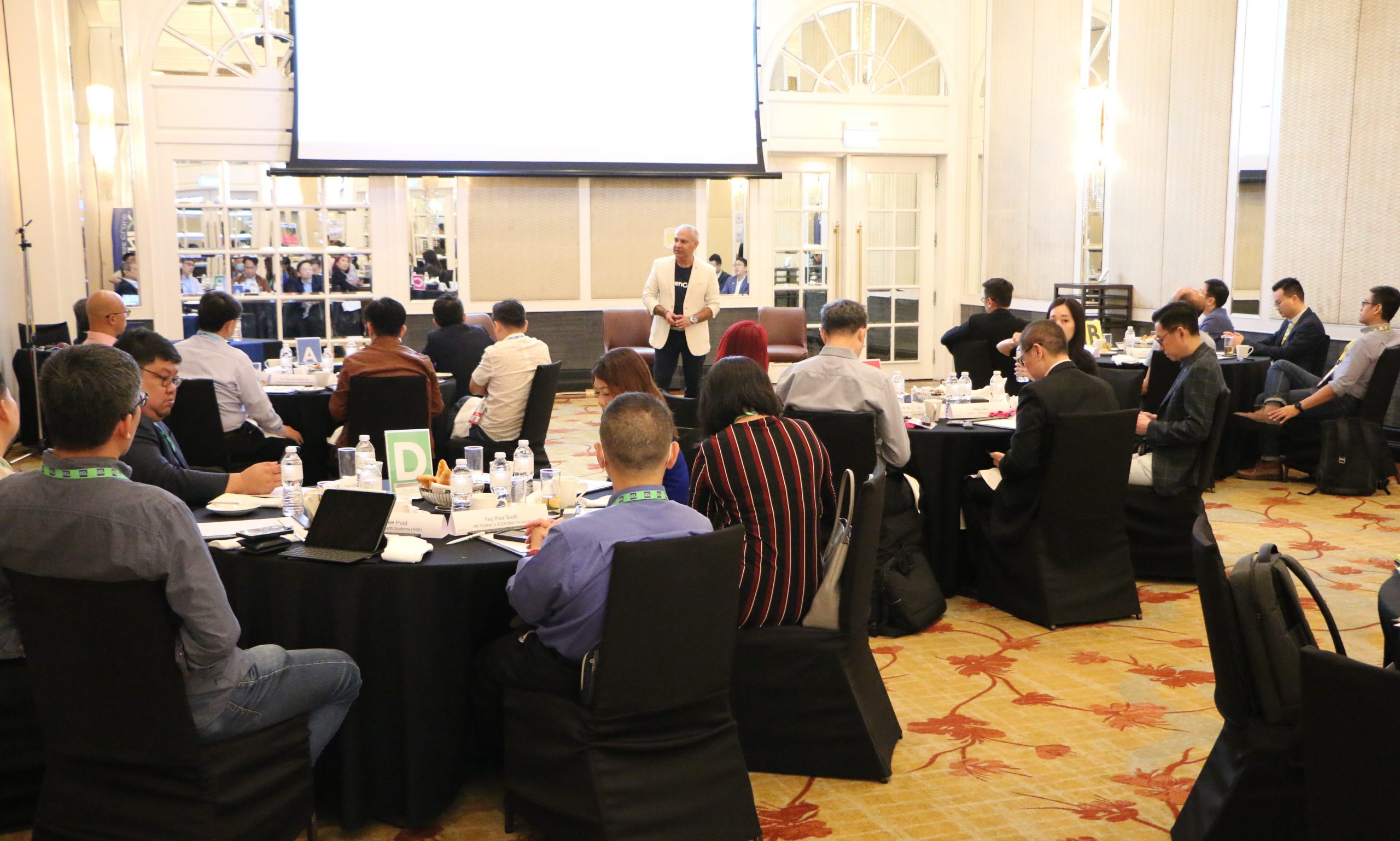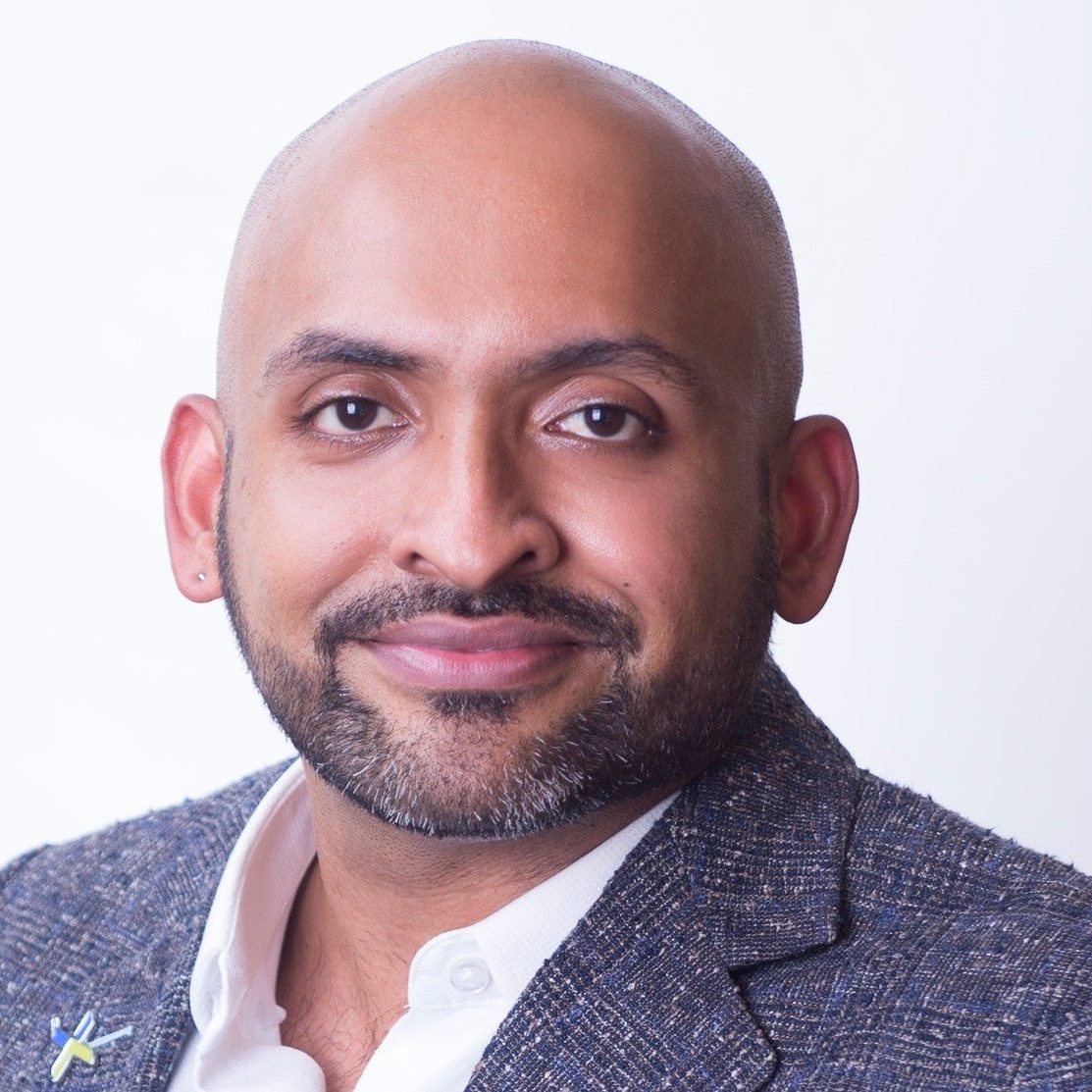
Organisations have increased their cloud investments in recent years to improve citizen services and offer better access. To do this, governments are getting rid of their old systems and moving to the cloud.
Such investment is a direct result of agencies recognising that the cloud, with its ability to satisfy the objectives of a digitally enabled organisation, is a strong and cost-effective IT solution, allowing entities to expand their environments effectively and efficiently to accomplish their goals.
To deal with the problems of today, modern governments need modern answers. Cloud-based services can help protect sensitive information, make projects and collaborations easier, keep businesses running in the event of a disaster and save money.
While healthcare has always been bolstered by technology, the pandemic gave it renewed impetus. Now, the way healthcare professionals provide care is evolving faster – driven by the new normal – with cutting-edge advancements in medical technology and patient treatment.

Cloud is a key development that has revolutionised the healthcare industry. It has been critical in assisting healthcare firms to maintain their operations while adhering to strict security guidelines as they expand their services and methods of treatment.
Similarly, e-learning platforms provide a new approach and more accessible learning mode to direct traditional education models. Cloud-based e-learning systems allow wider access and scalability at a lower cost.
In these online learning platforms, there is no longer a need to transfer data from one device to another or to back it up on a flash drive. Students can create a data archive that follows them wherever they go.
Cloud services have a lot of benefits for the public sector – whether regional or central – across a range of fields, from citizen services, healthcare, education and more. They can help streamline workflows, cut costs, protect data better and ensure operational continuity and disaster recovery.
The OpenGov Breakfast Insight on 26 October 2022 at InterContinental Singapore for the top public sector, education and healthcare digital executives from Singapore aimed to provide the latest information on the benefits of a seamless cloud experience for citizens to enjoy.
Cloud Transformation: The Road to Success

Kicking off the session, Mohit Sagar, CEO & Editor-in-Chief, acknowledges that organisations have increased their cloud investments in recent years to improve citizen services and access to numerous citizen utilities.
“This is because leaders have realised that the cloud, with its ability to support digitally empowered organisations, is a strong and cost-effective IT solution that lets entities scale their environments effectively and efficiently to reach their targets,” believes Mohit.
Along with the benefits of this digital revolution, local government, educational system and healthcare industries are facing several difficulties.
Of course, to save money and be more flexible, people look for the best ways to use public cloud resources. Infrastructure decisions, such as application migration, must consider the possibility of using the cloud for disaster recovery, backup, or both.
Results may be affected by the complexity of the infrastructure, which could slow down the progress being made. However, using a hybrid cloud to seamlessly connect cloud services that are created using a special scale-out architecture and primarily provide reliable scalability is one option to speed up the transformation.
However, Mohit is strongly convinced that before scalability, compliance and flexibility, security is the most crucial issue to consider when selecting a cloud environment.
The key to becoming a completely digital organisation, Mohit opines, is to use agile, effective, multi-cloud-capable IT to revolutionise operations; adding new features raises the internal standard a lot. The ability to reinvent the organisation comes from making the user experience better and giving government workers and industry professionals more time to focus on real tasks.
Since the cloud is now a widely accepted technology, it is no longer a cutting-edge innovation, and almost every organisation is using it to transform itself. Though, various impediments, including a lack of IT personnel, can become barriers.
To keep taking advantage of the benefits of cloud technology effectively, it may be possible to avoid the problem of locating and retaining essential IT knowledge in the region by cooperating with external cloud solutions providers.
“With this, organisations will need to rely on third-party knowledge more than ever to achieve their cloud goals as they continue to phase out traditional infrastructure and place greater responsibility on the cloud,” Mohit concludes.
Welcome Address

Yeo Shen-Yi, Head, Public Sector Sales, Nutanix Singapore shared his experience from his recent trip to the U.S. to meet his counterparts who have tackled moving from cloud-first to cloud-smart. “This means that organisations would put their data in the right place, either in a hybrid cloud, a private cloud, or a multi-cloud.”
“Cloud first” indicated that enterprises would, either voluntarily or mandatorily, always look for cloud-based solutions that match their needs before considering private cloud or on-premises options.
A Cloud-Smart strategy entails matching business systems to the environment that meets their requirements the most effectively.
The way an organisation has built and managed software, applications, storage, and backup in the past and plans to do so in the future requires custom solutions. Instantly provisionable, comprehensive services that don’t require freezing or shutting down a cloud workload are key to cloud workload mobility. In addition, the need for flexible moving services and their problems are not new in enterprise IT.
This resulted in the Red Hat and Nutanix partnership. “Red Hat and Nutanix have announced that they will work together to make open hybrid multi-cloud solutions,” Shen-Yi reveals. “With AHV, Red Hat OpenShift becomes the enterprise’s preferred full-stack Kubernetes solution on the Nutanix Cloud Platform.”
Collaboration makes it easier for customers to build, scale and manage containerised and virtualised cloud-native applications
Shen-Yi adds that Red Hat and Nutanix have announced a strategic alliance to allow a robust solution for constructing, scaling, and maintaining cloud-native applications on-premises and in hybrid clouds.
The partnership brings together two of the best technologies in their fields. This makes it possible to install, use, and manage Red Hat OpenShift, Red Hat Enterprise Linux, and the Nutanix Cloud Platform, which includes Nutanix AOS and AHV. “We wanted to improve our interoperability co-engineering so that we could provide you with the greatest hybrid cloud experience possible,” Shen-Yi assures the delegates.
Power Talk: Harnessing the Benefits of Cloud in Singapore’s Public Services

Cloud technology is ubiquitous, and, for the most part, organisations across industries and sectors have deployed a cloud strategy. Several challenges lie in the way of that transition and could hamper their cloud ambitions, not least of which is handling legacy infrastructure.
For Lee Siew Kit, Vice President (Technology & IT), Singapore Cruise Centre, there is no singular cloud strategy that is adapted to a specific bit landscape. “The public cloud is still the safest option, but there are some problems based on any existing situation.”
Although many of the government’s IT systems are decades old and still function quite well, they need to be updated to offer citizens greater services. “At the end of the day, you must look at your infrastructure and decide on your cloud landscape and select whether or not you are ready to go cloud,” acknowledges Siew Kit.
A hybrid cloud strategy blends existing systems with innovative technologies. This reduces the expense and complexity of upgrading and gives greater flexibility for the government’s ever-changing needs.
Gunasekharan Chellappan, General Manager, Singapore Red Hat emphasises that every organisation is unique across the entire spectrum. “They must decide whether they require a private or public cloud.”
The voyage to the cloud is their primary focus and there are both public and private clouds, and since the government is not the leader in cloud computing, it should balance the infrastructure between the two.
Ronald Pereira, Lead Enterprise Architect, ASEAN, Nutanix Singapore, agrees that the cloud has benefits, which is why application processing, financial administration and call centre automation are currently utilising this type of technology. He strongly feels that this tech can also be used to cut down on fraud, and waste and make security better.

Addressing the continuing demand for increased technological capacities corresponding to cloud adoption, the panellists offered various opinions.
Gunasekharan explained that the objective of cloud cost optimisation is to reduce the cost of infrastructure as a service (IaaS) by identifying poorly managed resources, eliminating waste, achieving more discounted capacity and scaling computing services to match actual necessary capacity. It also offers flexibility and agility.
Siew Kit knows that moving to the cloud is not cheap. It is a type of outsourcing and may cost the organisation, but by moving to the cloud, it can gain control, decrease expenses and enhance resilience.
Monitoring and managing cloud services effectively is a crucial component of optimising cloud costs. This can be challenging since individuals may create cloud services and commit to charges with little to no responsibility. Additionally, purchase decisions may be dispersed around an enterprise. To plan, budget and control costs, a cloud cost management strategy is required.
Modern IT and DevOps teams spend a lot of money on cloud services. Some methods for lowering cloud costs are as follows: a) Arrange workloads according to when they are necessary; b) Utilise reserved instances for resources that are long-term cloud users; c) For limited-use resources, use discounted spot instances; d) Automate cloud resources to take control and instantly meet demand and e) Keep an eye on storage utilisation and turn off unnecessary storage resources.
Ronald thinks that a scalable online environment made feasible by cloud computing allows for the handling of an increased workload without affecting system performance. Without investing in IT infrastructure, small and medium-sized businesses may be unable to take advantage of the cloud’s enormous computing capabilities and economy of scale.

Cloud computing is a popular format and understanding how to manage the risks involved with storing sensitive data off-site can give organisations confidence in the platform, allowing them to take advantage of the benefits the cloud offers.
Closing Remarks
As vital as the technologies, procedures and infrastructure involved in digital transformation are the people engaged, according to Gunasekharan.
He emphasised that the culture of a business and the learning and development opportunities it provides are crucial components of digital transformation, not just to drive digital maturity but also to indicate investment in the future of its people.
“Nutanix and Rad Hat conduct innovation seminars to assist customers in transforming their people and culture towards their digital journey,” shares Gunasekharan.
As the push to increase learning and development opportunities continues to escalate across industries, individuals responsible for skills progression must discover innovative approaches to empower people and provide opportunities for advancement within the organisation.
Mohit concurs that the human aspect of digital transformation is equally as vital as the technological aspect. Any new investment in technology must carefully consider how it empowers people and processes, connects with current infrastructure, adds value, and reduces risk.
Leaders must acknowledge that a fully equipped Digital Workplace is an essential component of a successful organisational strategy. “It is not the technology or the process that is important, but rather the people and we are the people. We are the future, thus we must alter this transformation and propel them.”
















